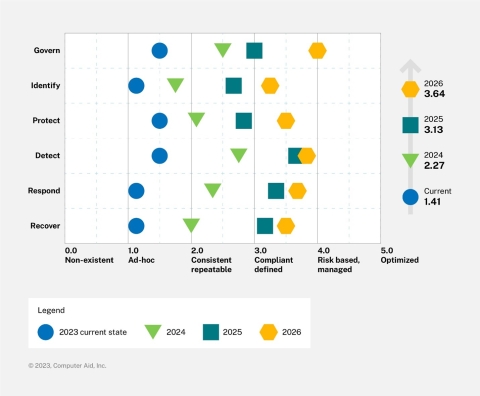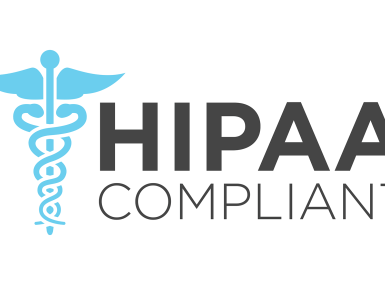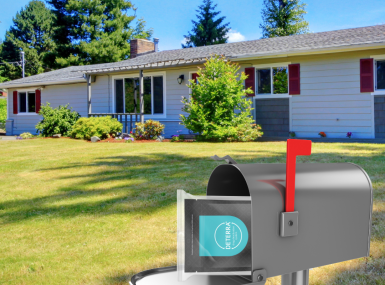Cybersecurity insurance can be affordable
Upcoming Events
Related News

Key Takeaways
From Our Partners
This post is sponsored by our partners at CAI.
Rising threats, expensive coverage
Cybersecurity insurance has undergone many changes since its inception. As the threat landscape continues to evolve, so does cybersecurity insurance pricing. Policyholders experienced higher cyber insurance rates in 2022—according to CBIZ, an industry-leading financial and benefits insurance provider, some insurance customers with unique exposures or lacking loss control measures were hit with 50–100 percent rate increases. Along with these rate increases, many policyholders also experienced coverage restrictions—leading some to wonder if cybersecurity insurance is a viable option for local governments. However, with the average cost of a breach being $4.45 million and increasing, these organizations can find themselves in a precarious position. While premiums may seem like a cost they cannot afford, lacking insurance in the event of a breach leaves them with minimal to no protection.
Minimizing your cyber insurance premium
Cybersecurity insurance aids your organization in responding to and recovering from the financial repercussions of a cyberattack. It can help offset the costs of repairing systems, engaging experts, paying fines, recovering data, managing day-to-day disruptions and more. With rising threats and an increasingly complex threat landscape, the importance of this insurance has heightened.
Insurance costs have risen due to the severity of cyberattacks. While several factors impact your insurance premiums, organizations can take steps to minimize the impact of a breach. Your organization’s risk is measured by your cybersecurity maturity posture, which insurance companies assess through questionnaires. The higher the level of maturity, the lower the risk to the insurance company. Taking preemptive measures to strengthen your posture can make you a stronger candidate for insurance, lowering your cost while keeping you protected. Should a cyberattack occur, your higher maturity posture will make your organization more resilient and reduce the impact.
Many experts highlight preventative measures you can take to achieve this, though the tasks may seem overwhelming. The optimal way to determine your options for cyber insurance is to collaborate with your insurance broker as well as a trusted cybersecurity advisor. From there, you can contemplate different scenarios and understand your organization’s maturity.
Understanding your organization’s cybersecurity maturity
A cybersecurity maturity assessment will illustrate your organization’s current risk and exposure. This, followed by improvement recommendations, can help guide your organization to a better posture. At CAI, we employ the 6 functions from the National Institute of Standards and Technology (NIST) 2.0 when measuring cyber maturity:
- Identification— An organization’s ability to understand and recognize the cybersecurity risks to systems, assets, data, and capabilities
- Governance— Emphasizing that senior executives and the board of directors have the responsibility for managing cybersecurity risks as part of the organization's overall risk management strategy
- Protection— Developing and implementing the appropriate safeguards to ensure the delivery of services
- Detection— Identifying the occurrence of a cybersecurity threat
- Response— Developing and implementing the appropriate actions regarding a cybersecurity occurrence or threat
- Recover— Deploying the appropriate activities to maintain resilience and to restore capabilities that were impaired due to a cybersecurity event
We consider each factor independently and in relation to the other factors. The diagram below exemplifies a maturity assessment we would provide to a partner organization, scoring each element based on our criteria.

After your organization undergoes a maturity assessment, collaborate with a trusted cybersecurity partner to develop a plan for enhancing your overall cybersecurity maturity over time. This plan, known as a remediation roadmap, offers a pragmatic approach to addressing gaps and improving your cybersecurity maturity. It is a crucial element of reducing your risk and improving your opportunities for lower insurance premiums. CAI assesses your organization on 5 levels:
Level 1— The means to manage and organize processes are in development. Results are unpredictable and reactive.
Level 2— Repeatable and consistent processes. Projects are planned, performed, measured, and controlled.
Level 3— Further defined, repeatable processes are more proactive than reactive. Organization-wide standards provide guidance.
Level 4— The ability to measure and control processes quantitatively. The organization is data-driven with performance improvement objectives.
Level 5— Stable and flexible optimized processes. Focus on continuous improvement and designed to respond to opportunity and change.
Our objective is to assist organizations in reaching a level 3 or better in all areas. The appropriate maturity level is based on the risks to the organization and the impact if breached or compromised.
With a stronger cybersecurity posture stemming from a maturity assessment, remediation roadmap, and best practice implementation, you will be better protected against cyber threats, and insurance companies will perceive you as lower risk. Your premiums will decrease, and you will feel more secure as an organization.
Get started with a maturity assessment
Selecting the appropriate broker and cybersecurity advisor will help you navigate this challenging path. With the right approach, you will experience the benefits of both a stronger cybersecurity posture and more affordable insurance rates. Additionally, you will be better equipped to cost-effectively protect your organization and minimize the impact if a breach occurs.
Working with our partners, we’ve developed a unique approach of tying common questions asked by insurance providers with the NIST framework and other standards. This knowledge helps organizations better understand which elements of their cybersecurity strategy they should prioritize optimizing.
If you’re looking to lower your cyber insurance premiums and want the help of a trusted partner, contact us at CAI to discuss if this is a good option for your organization.
Post Sponsor

Related Resources

Unlocking AI Starts With Strong Data Governance
Strong data governance is the foundation of trustworthy AI in government. When Agencies inventory, clean, unify and steward their data, they unlock better decisions, improved services and stronger public trust.

How County Governments Thrive with Cloud-Based Solutions
Modern cloud infrastructure enables agencies to better meet residents and workforce needs. Agencies report increased efficiencies as well as reduction of technical and operational debt as they replace aging, fragmented systems.

The Cybersecurity Health Check List: Ensure Your Cybersecurity Program is Healthy and Resilient
Many organizations neglect their cybersecurity "health," leaving them vulnerable to sudden, catastrophic cyberattacks. By following a simple cybersecurity health checklist, you can ensure your organization's cybersecurity program is healthy and resilient.


















